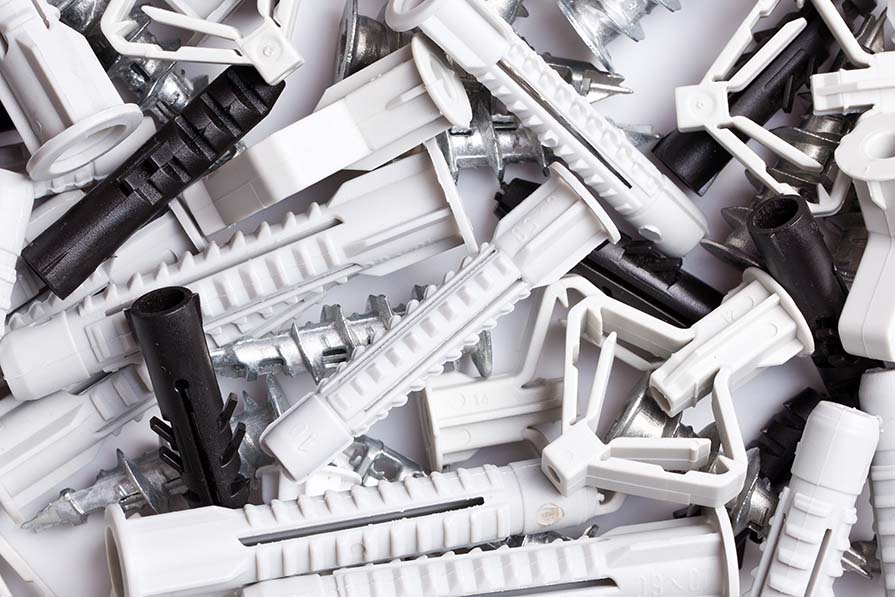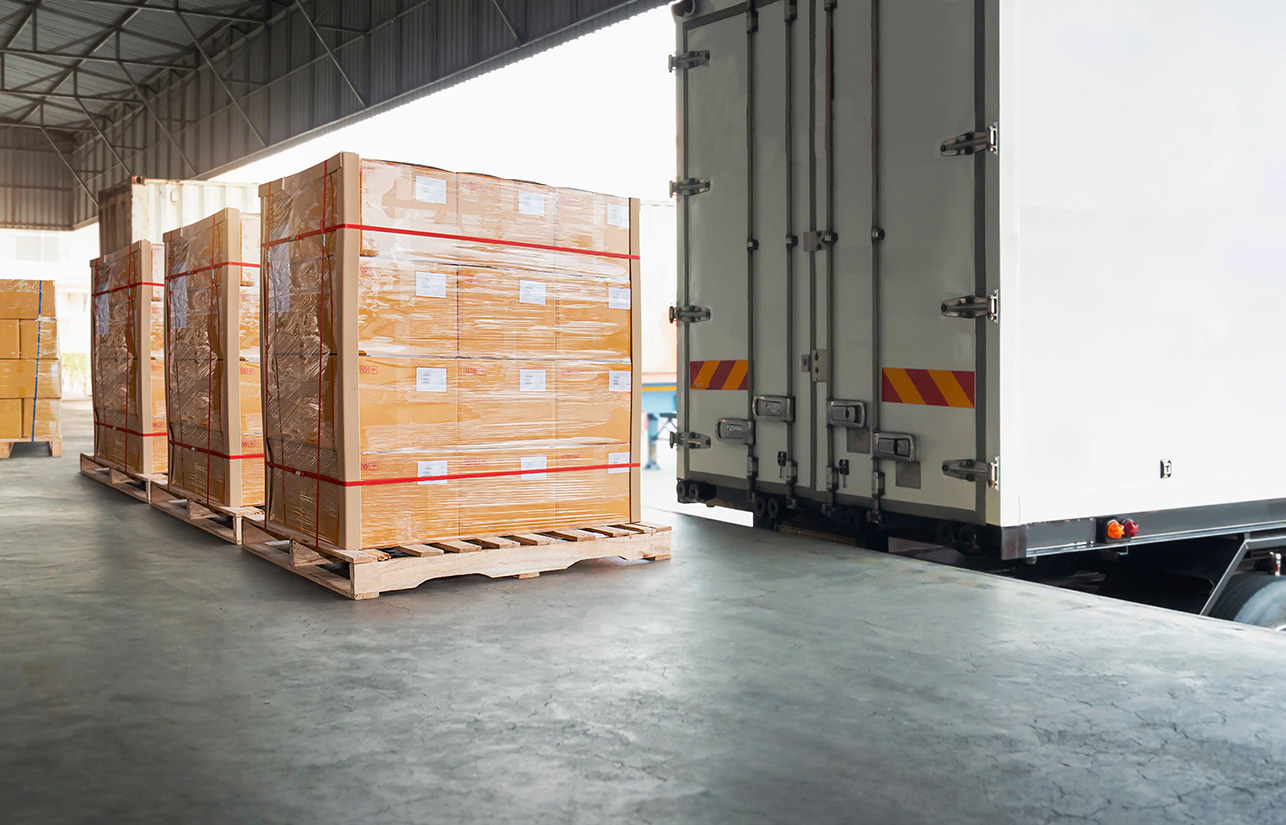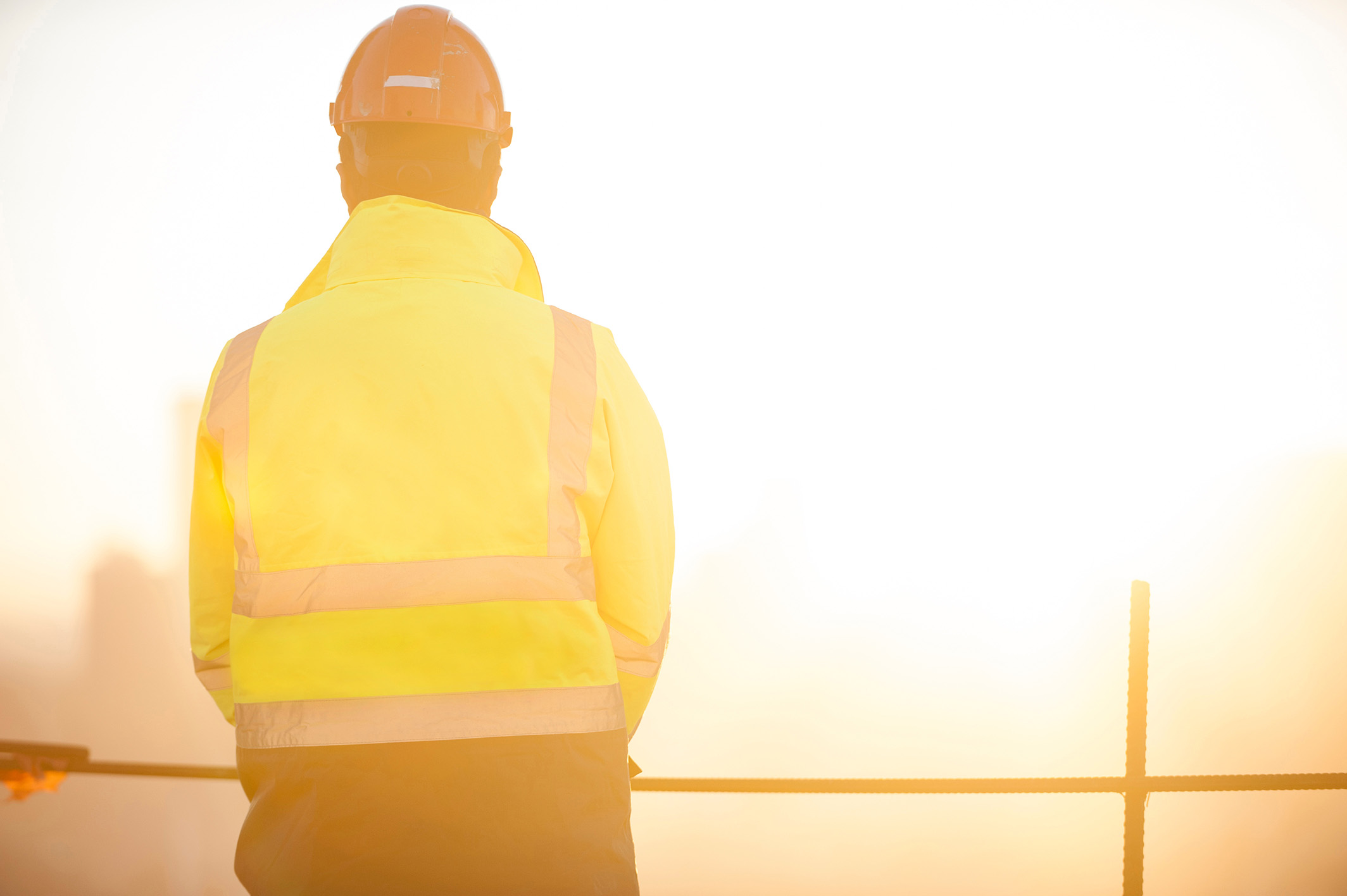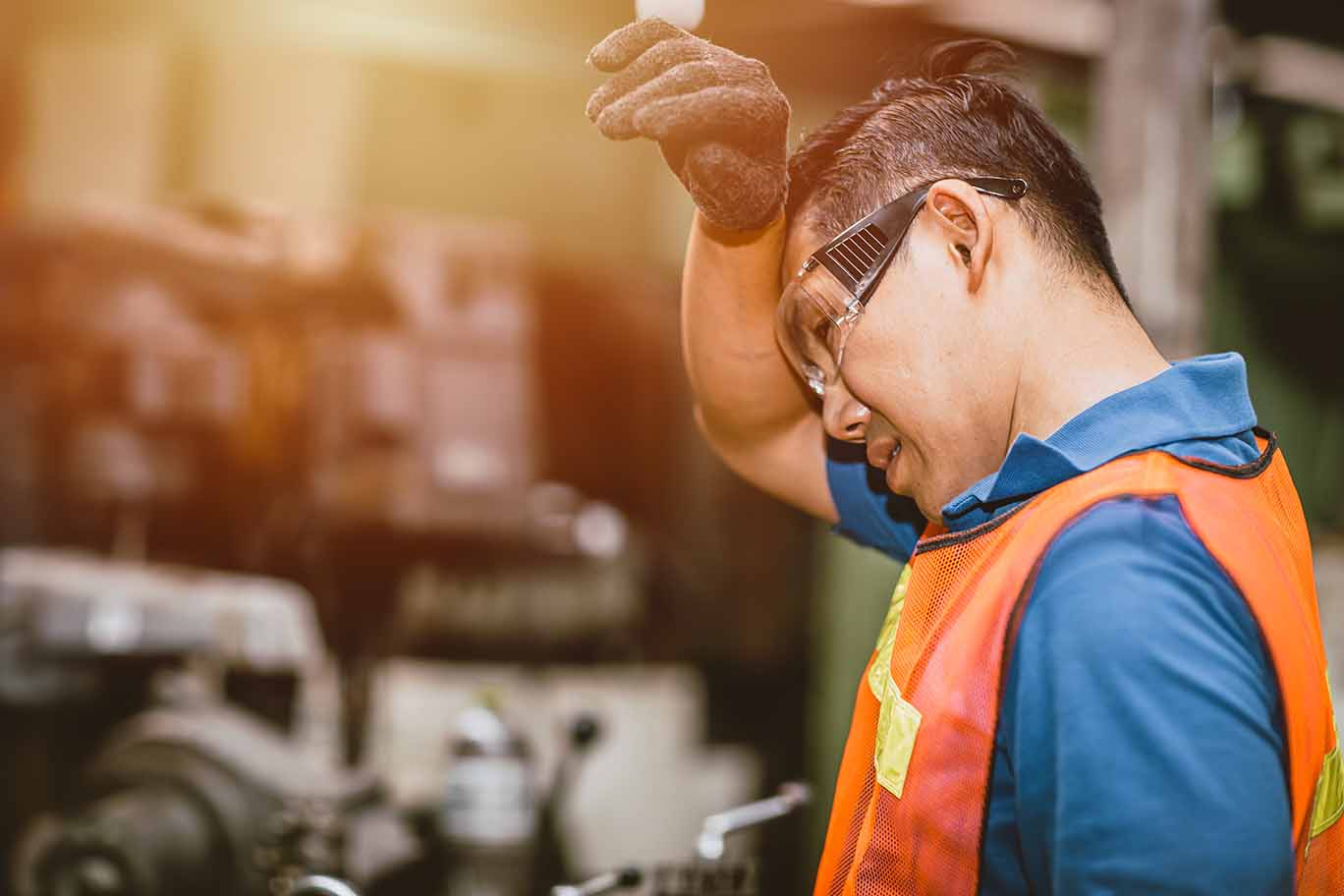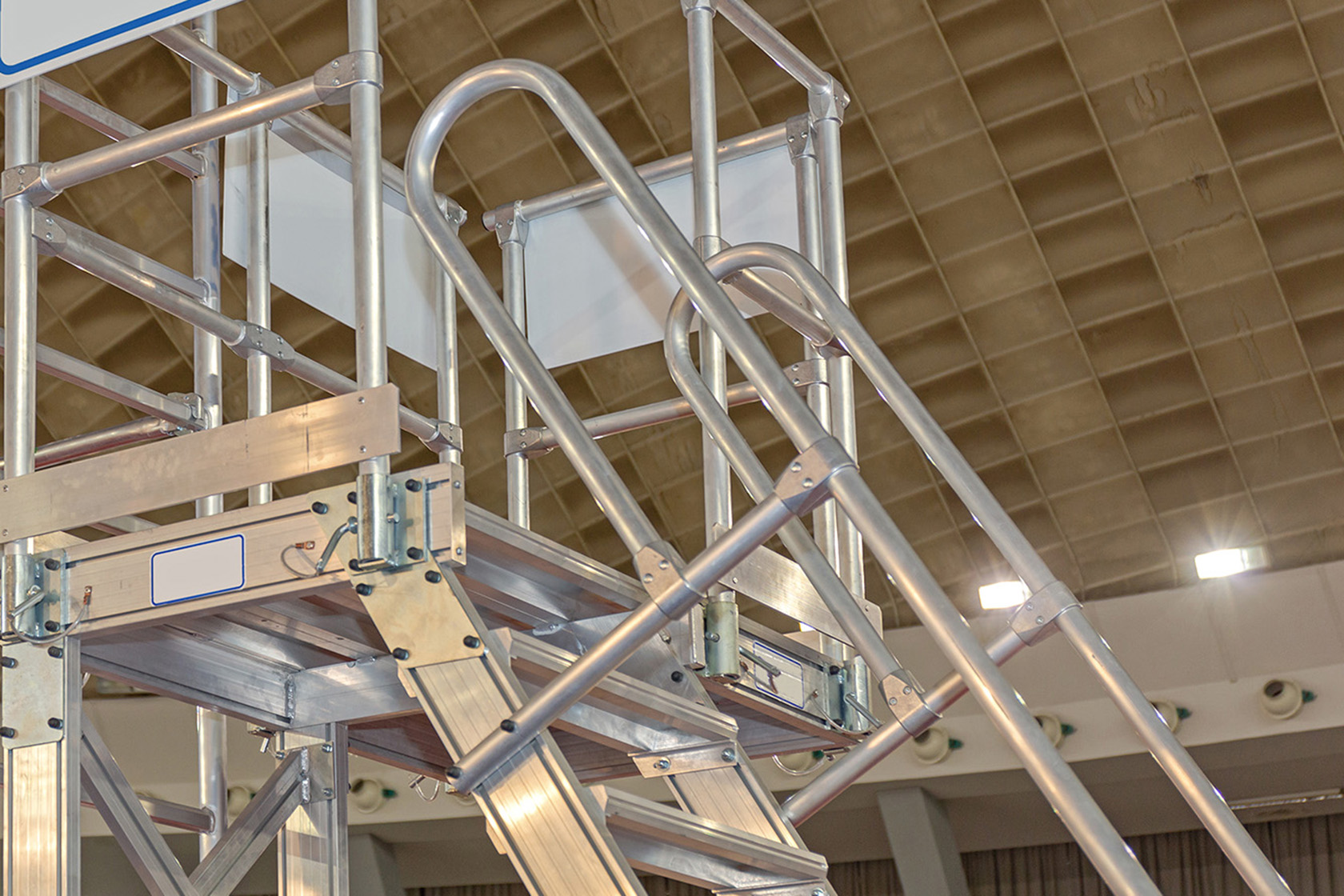

How To Choose the Best Configurable Ladder for the Job
By Grainger Editorial Staff 4/18/24


Imagine this scenario. You’re a purchasing manager in a manufacturing plant, and it has come to your attention that you need a different option for employees to work safely up high. As it’s been described, your workers need a safe way to stand and reach a busy work area. The stepladders you already have at the facility aren’t going to do the job. So you head out to the plant floor to investigate the situation further.
You start taking some notes: needs to be this high, needs platforms for workers to stand safely, has to support heavy equipment, more than one worker at a time? To add complexity, the system has to allow workers to walk over some hazards and other obstacles: needs at least one walkway.
But that’s not all. Employees will need to carry tools and heavy equipment up and down to the work area, so you’ll need to consider load capacity, and you’ll probably also need to incorporate additional safety measures: maybe some handrails?
To be sure, not all situations are this involved. There’s a whole array of ladder, platform and scaffolding options that may meet your needs as-is. However, when the jobsite requires something more custom, configurable ladders might be your best option.
How To Create a Configurable Ladder
There are so many options and components for configuring unique ladder systems, that the process of putting them together can be daunting. Here’s a list of things to think about, including some specifications you’ll need, to build a ladder system that meets your needs:
Environment and application: Will the system be used indoors or out? Or both? Is the area wet? If so, you may need perforated step treads and platforms for water to pass through. What kind of work takes place in the environment and will there be other workers and operations happening nearby?
Material: For most configurations you can choose between aluminum or steel. Steel is best for supporting heavier load capacities.
Load capacity: What’s the maximum weight the system needs to support? Load capacities vary, but some components can support up to 1,000 lbs.
Span: If a platform or walkway is needed, how long does it need to be? How many bridge spans will you need to allow workers to safely cross over any hazards or obstacles?
Clearance: How high do you need to build in order to safely be above work or pedestrian traffic below?
Platform height: Along with clearance, if workers will be standing on crossover bridges or platforms, how high do they need to be for them to stand and still safely reach their tasks?
Handrails: Some components come with handrails included. And depending on the length of your platform(s), you may need to add additional handrails for worker stability and safety.
Incline: Will any part of the ladder be used in a tighter space? If so, what degree of climbing angle is needed to fit safely? Inclines can range from 45 degrees to 90 degrees with 45 degrees having the largest footprint and safest incline angle. Ladders with a 75-degree incline have a smaller footprint and rear descent. Ladders designed for vertical descent have the smallest footprint.
Keep Safety Top of Mind
The most important consideration throughout this process is worker safety. By their nature, ladders and ladder systems can be dangerous if they are not properly used. Be sure to incorporate ladder safety practices, train employees on ladder safety and make sure that any system you construct is in full compliance with updated OSHA ladder safety regulations and requirements.
More Resources for Working at Heights
Take this quiz to test your knowledge about working at heights safely, learn more about how high winds can affect working at heights, and get more tips about how to choose the right ladder for the job.
![]() More equipment knowhow for you
More equipment knowhow for you
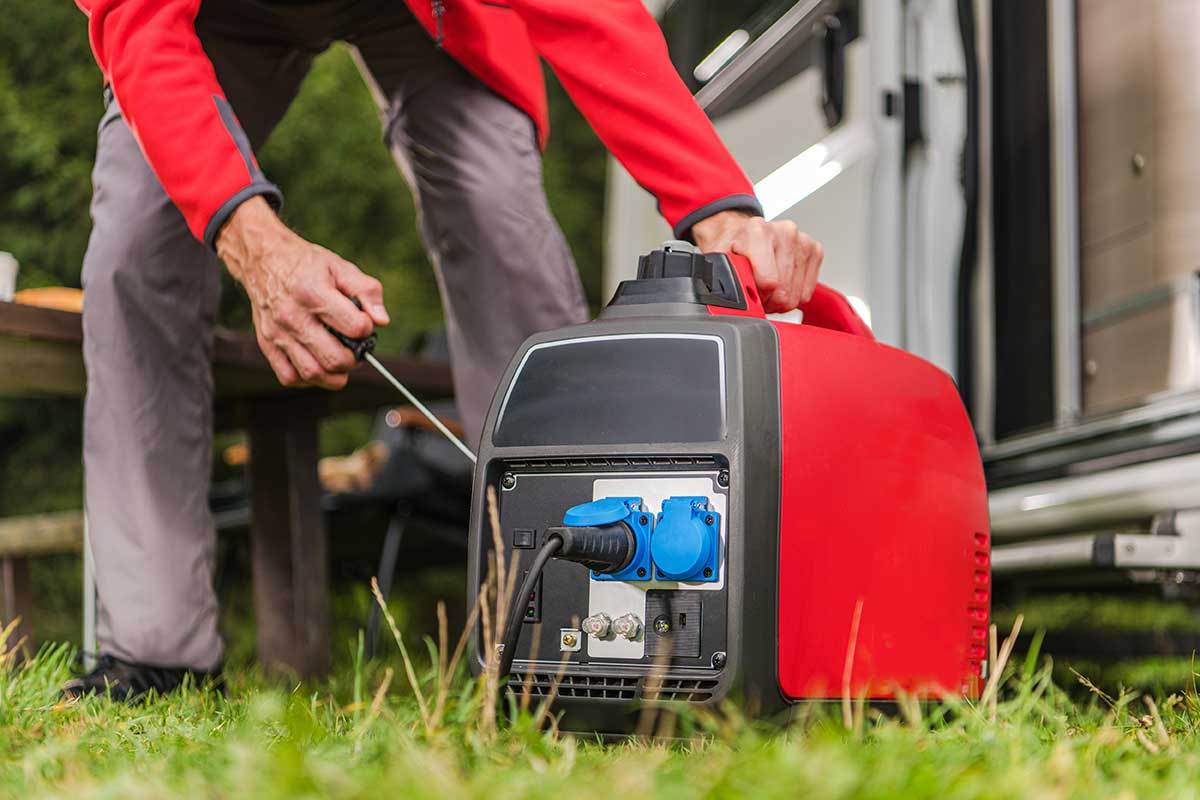
Equipment
EV Charging and More: 10 Uses for Portable Generators
Explore the many different ways portable generators can be used besides emergency backup, from powering electric vehicles to running mobile businesses.
![]() Our Latest KnowHow
Our Latest KnowHow

Safety Training, Institutional Knowledge and the Next Generation
Institutional knowledge makes all the difference, but it often gets taken for granted.
The information contained in this article is intended for general information purposes only and is based on information available as of the initial date of publication. No representation is made that the information or references are complete or remain current. This article is not a substitute for review of current applicable government regulations, industry standards, or other standards specific to your business and/or activities and should not be construed as legal advice or opinion. Readers with specific questions should refer to the applicable standards or consult with an attorney.

